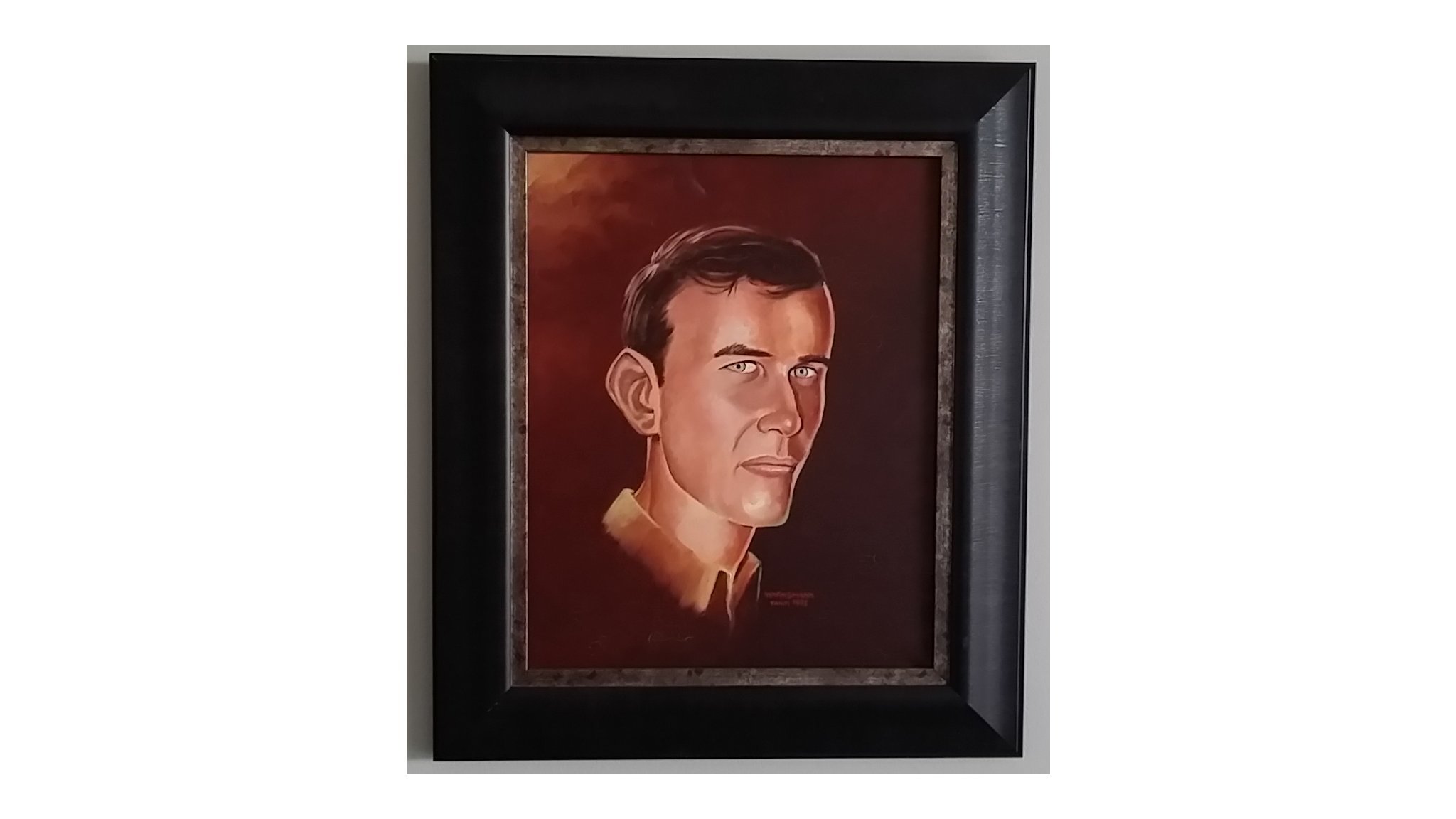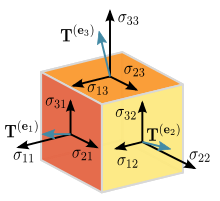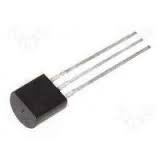This is the story of my life so far: 67 years and counting.
Prequel: A Brief History of my Family in France

The story starts here
Previous episode: Part 24
Of course, the education of a Navy officer is not just to learn navigation.
There were many other different topics. This episode will be about math, electronics and computer science.
Math
The math teacher was "Monsieur Monbureau". He has started mathematics and physics at École Navale during the 1930s.
In the picture below, he is the one in the middle without a hat.
Management of École Navale in 1950, with Monsieur Monbureau
source
In 1968-1970, Mr Monbureau was no longer teaching physics, as he was probably not up to date with the topic.
He retired just after we finished École Navale, and it should have been much earlier.
Mr Monbureau has no natural authority on the group of 20 years old that made up a promotion at École Navale.
Most of the other cadets were not really interested in studying more math and they did not listen to him. And he was not interested in making them interested. He was delivering his subject slowly in a monotone voice.
I was still interested in the subject, so I was always sitting on the first row in the amphitheater and I was usually following what he was saying. Quite often, he would make mistakes in his proofs and I would point to his mistakes. The other cadets found that quite enjoyable. However, I have been told one or twice by the management to avoid this, as it was embarrassing Mr Monbureau.
For some reason that I do not remember, we were taught about tensors.

Tensor
Source: Wikipedia
I do not remember anything about tensors.
I believe that they are useful in nuclear physics, but I have no idea why this would be interesting for future Navy officers.
Electronics
It was the end of the 1960s, so the era of the vacuum tube was ending.
We were taught electronics with discrete components. The printed circuit and the integrated circuit was not really in the curriculum.

Discrete Transistor
source
I remember that, during labs of electronics, at least on two occasions I made mistakes in power supply and discrete transistors exploded!
Electronic devices in military equipments have a long life and cannot be completely replaced on a whim.
On a radar for a Navy airplane Étendard IV that was conceived during the 1950s, the transistors used had a characteristics (beta = 30) that no transistors available on the market in 1970 were advertised. The only solution was to buy discrete transistors in bulk, test them and select those that would have been found deficient because their beta was too low!
Computer Science
I discovered computers and computer science ("informatique", in French) at the École Navale. Had I been exposed to computers before, I would have probably not become a Navy officer. But, in retrospect, I have no regrets.
There were no computers at the École Navale in 1968-1970.
We were taught the computer language FORTRAN (now written as Fortran).
For practice, we would go to the Brennilis Nuclear Power Plant that had a modern computer (An IBM System/360 I believe).
Of course, at this time, there was no interactive input and output such as keyboards and monitors. The programs were put on punched cards and the outputs were on a printer.

Punched Cards
source
I had team up with "le Majou" for the day at the nuclear power plant, and I had written encrypting program. The first phase was to build a grid 20x20 with one quarter of the cases being holes. To encrypt, you write the plain text with lines of 20 characters, then you put the grid on top and one quarter of the encrypted text appears in the holes. You repeat this 3 times after rotating the grid 90 degrees, and you have the full encrypted text. To decrypt, you do the opposite.
I had devised a system to generate the grid from two numbers between 11 and 99. Creating the grid from this number was the first phase. After several trials, this was working.
But we had trouble for the second phase: encrypting.
I made some correction; we run the program again.
I was in front of the printer and I saw this line printed:
- LA GRILLE EST FINIE, MARCEL
[the grid is done, Marcel]
For one second, I thought: "How come this computer knows my name?".
Of course, the computer did not know anything. Le Majou had added the instruction to print this line at the end of the first phase!
This is how I was introduced to the world of computers.
After one week in New York, one week in Paris and three weeks in Hungary, I am back tonight in Paris for another week, while my wife Kati is visiting her daughter and her family in Scotland.
We will be back in British Columbia at the end of next week.
Continue to Part 26
If you like this story, please consider to follow me
Summary
Part 1 - Part 2 - Part 3 - Part 4 - Part 5 - Part 6 - Part 7 - Part 8
Part 9 - Part 10 - Part 11 - Part 12 - Part 13 - Part 14 - Part 15 - Part 16
Part 17 - Part 18 - Part 19 - Part 20 - Part 21 - Part 22 - Part 23 - Part 24

